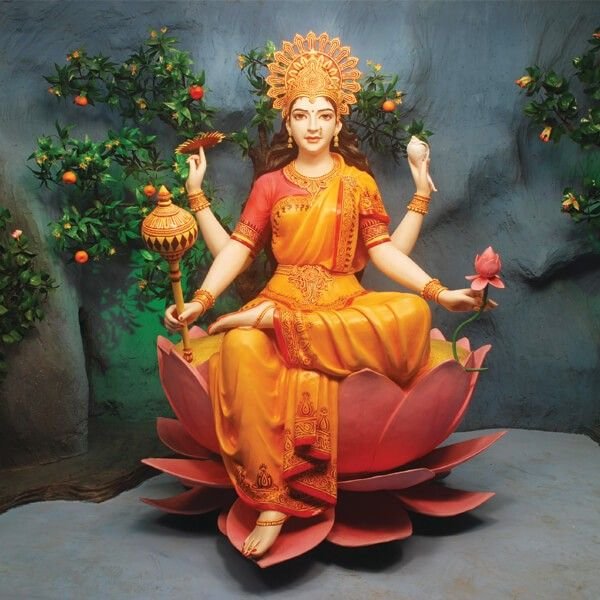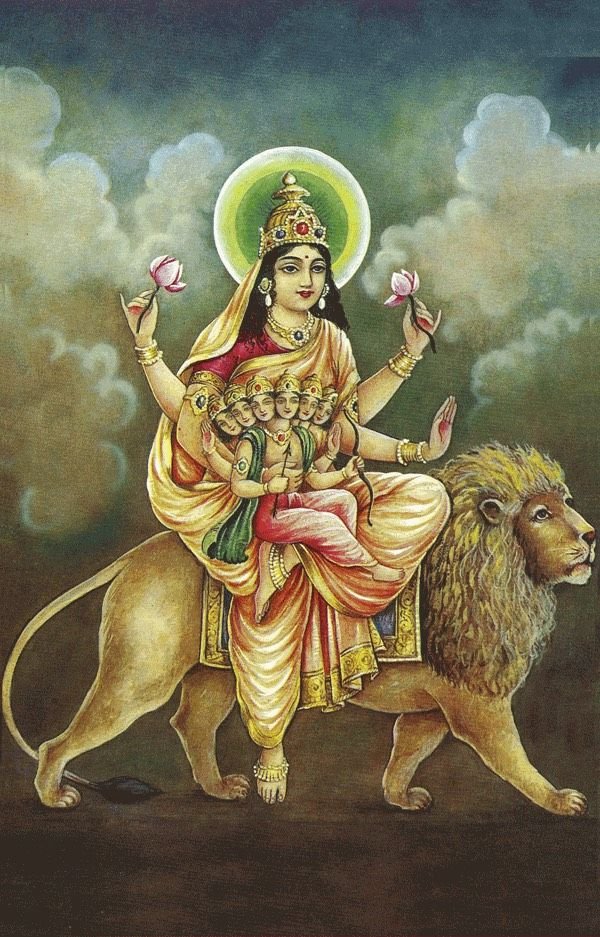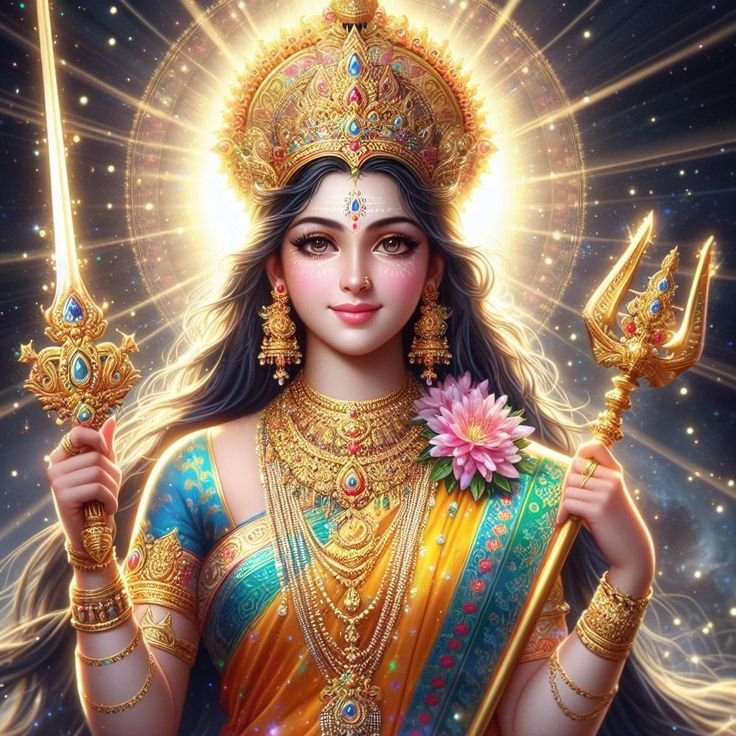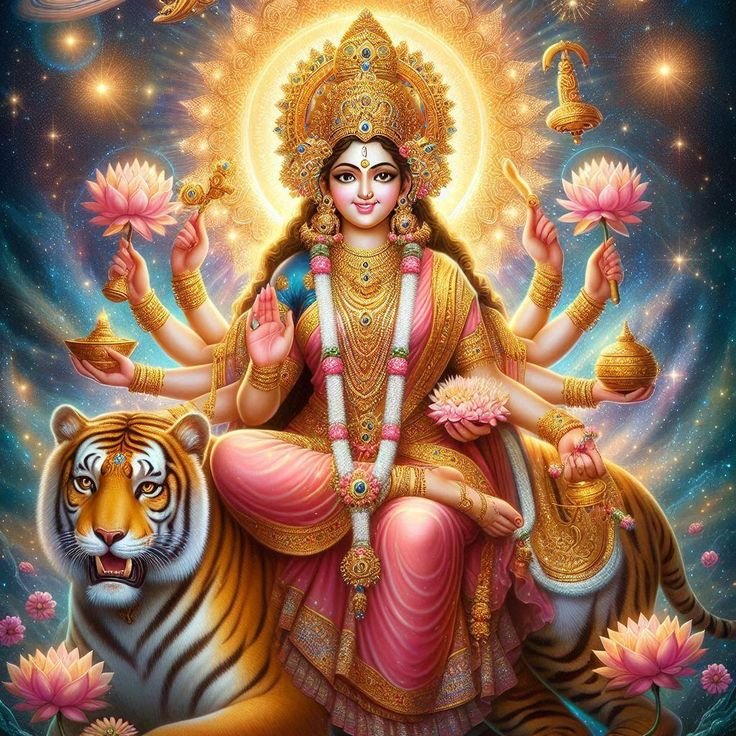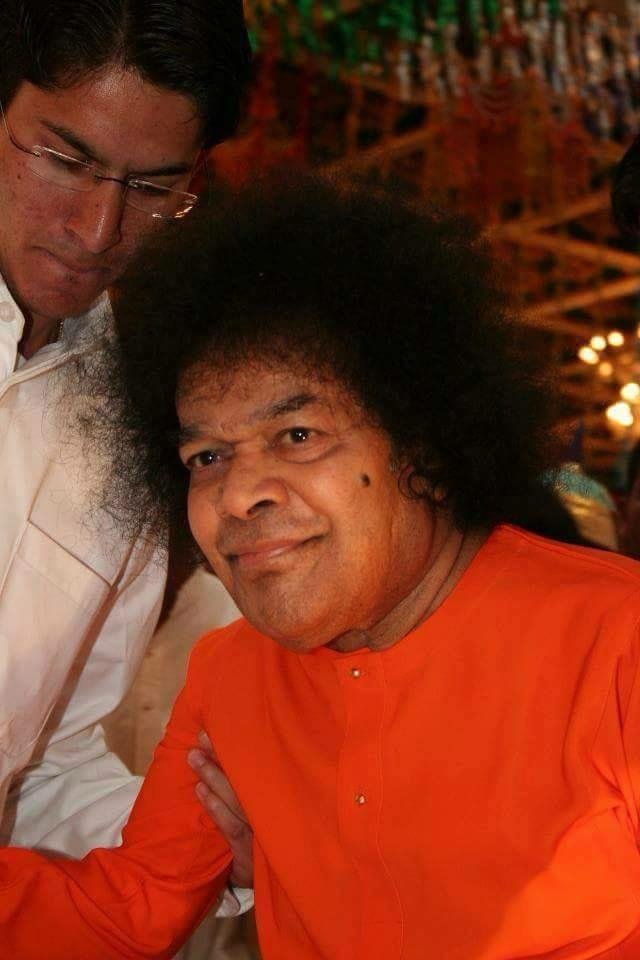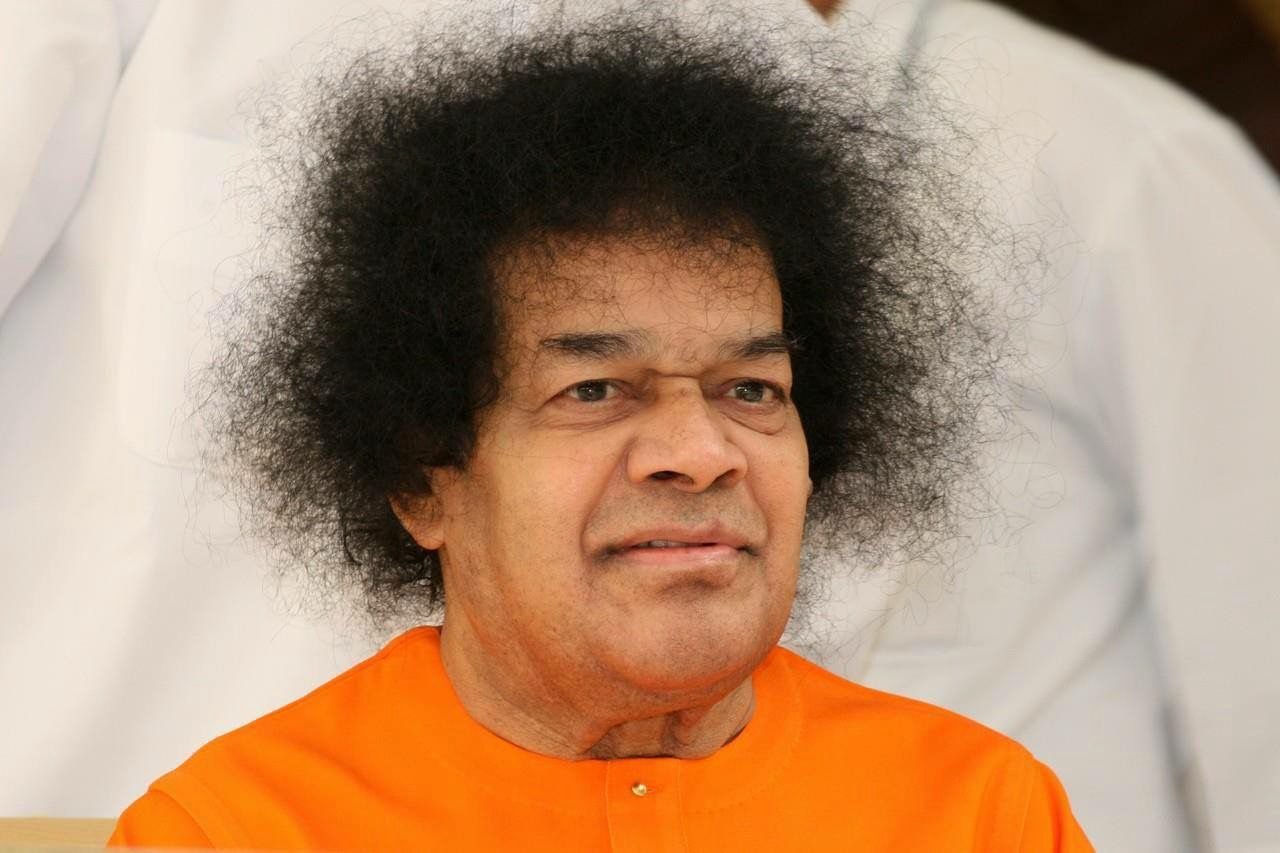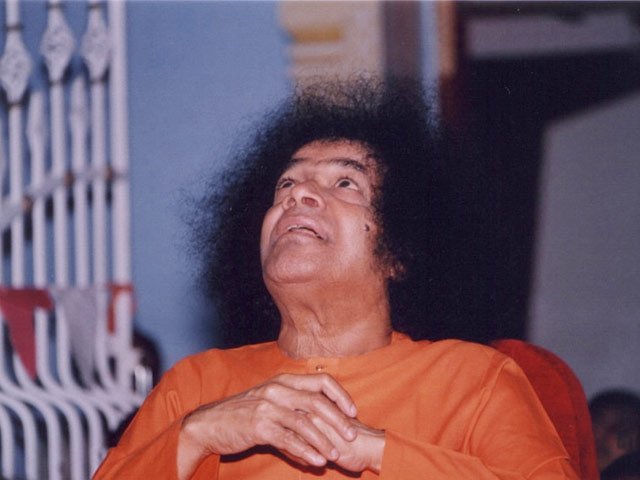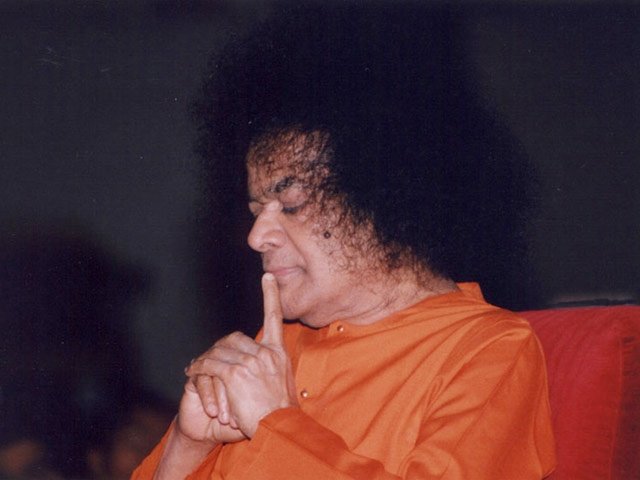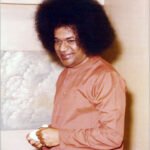Ananda Lahari with meaning
Ananda Lahari
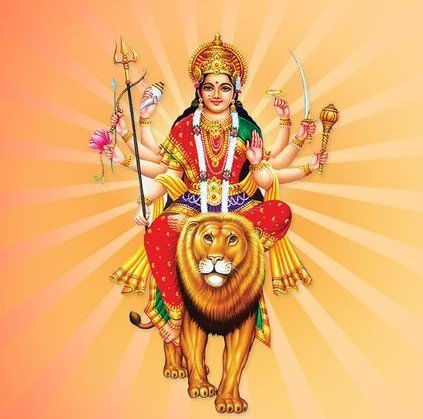
Ānanda Lahari, meaning “Wave of Bliss,” is considered the first portion of the famous Saundarya Lahari, a devotional and philosophical composition attributed to Adi Shankaracharya. The text consists of the opening 41 verses of the 100-verse Saundarya Lahari and is entirely dedicated to the divine power of Goddess Shakti. While Saundarya Lahari as a whole celebrates the beauty, grace, and cosmic energy of the Divine Mother, the Ānanda Lahari section is more mystical, focusing on the profound bliss that flows from devotion, meditation, and union with the goddess. It reveals the essence of Shakti tattva—the principle that the entire universe exists and operates only through the energy of the Divine Mother, without whom even Lord Shiva is inactive.
The verses of Ānanda Lahari are highly symbolic, blending poetry, philosophy, and spiritual practice. They are not only hymns of praise but also carry esoteric significance, often used as mantras in tantra sadhana (spiritual practices of Shakta tradition). Devotees believe that reciting or meditating upon these verses awakens inner bliss, grants protection, and leads to both worldly prosperity and spiritual liberation. Thus, Ānanda Lahari is revered as a spiritual treasure that captures the joy of divine union and celebrates the supreme role of the Goddess as the source of bliss, energy, and consciousness.Ānanda Lahari, literally meaning “Wave of Bliss,” is one of the most celebrated works in Indian spiritual literature, traditionally attributed to Adi Shankaracharya, the great philosopher and saint of the 8th century. It forms the first 41 verses of the larger composition Saundarya Lahari (“Wave of Beauty”), a hundred-verse hymn that glorifies the Divine Mother, Goddess Shakti. While the latter part, Saundarya Lahari, praises the physical and spiritual beauty of the Goddess, Ānanda Lahari emphasizes the essence of bliss, cosmic energy, and the mystery of divine power. These verses describe how the entire universe, with all its functions and movements, depends upon the energy of Shakti, for without Her, even Lord Shiva remains inert like a corpse. This central theme illustrates the Shakta philosophy that the feminine principle of energy, dynamism, and bliss is inseparable from the masculine principle of pure consciousness. The poetry carries both devotional passion and deep philosophical truths, making it a text that inspires devotion while also offering insights into the highest spiritual knowledge. Each verse is highly symbolic, often carrying layers of meaning that range from metaphysical truths to practical applications in worship, meditation, and mantra practices.
The significance of Ānanda Lahari lies not only in its devotional beauty but also in its spiritual power. The verses are considered mystical formulas in themselves, and many of them are used in tantra sadhana as potent mantras for meditation, protection, and inner awakening. Devotees believe that the recitation of these hymns generates bliss, removes obstacles, and grants both material prosperity and spiritual fulfillment. At a deeper level, Ānanda Lahari is seen as a map of spiritual ascent, describing the awakening of kundalini energy and its rise through the chakras to unite with the supreme consciousness, bringing the seeker into a state of ultimate joy and liberation. This is why the work is not just a poem but a manual of spiritual transformation, offering guidance to seekers of different levels. The language is rich with imagery, portraying the Goddess as the fountainhead of all beauty, grace, power, and compassion, while also reminding devotees that She is the source of creation, preservation, and dissolution of the universe. Even after centuries, Ānanda Lahari continues to inspire readers, scholars, and practitioners across the world, standing as a timeless hymn that celebrates divine bliss and the eternal union of Shiva and Shakti. It remains a spiritual treasure, where philosophy, devotion, and mysticism merge into one continuous wave of joy.










